
How to Use HW-685: Examples, Pinouts, and Specs
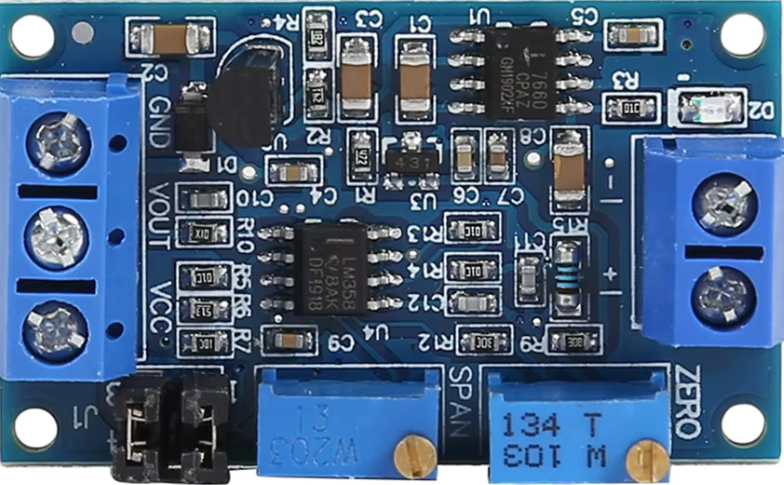
 Design with HW-685 in Cirkit Designer
Design with HW-685 in Cirkit DesignerIntroduction
The HW-685 is a versatile electronic component widely used in signal processing and power management applications. Its compact design makes it ideal for integration into space-constrained environments, such as portable devices, embedded systems, and IoT applications. The HW-685 is known for its reliability, ease of use, and compatibility with a variety of circuits, making it a popular choice among hobbyists and professionals alike.
Explore Projects Built with HW-685
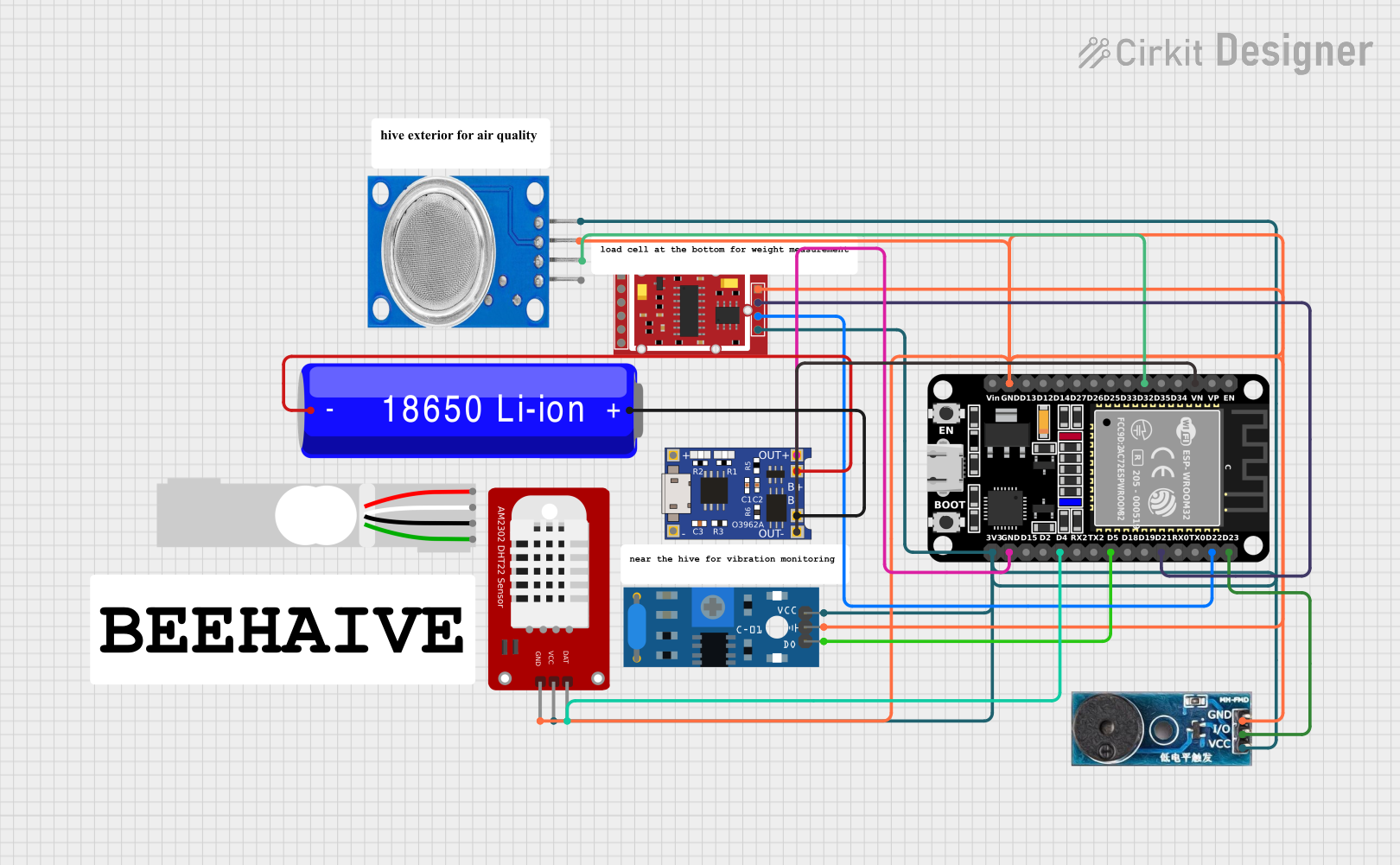
 Open Project in Cirkit Designer
Open Project in Cirkit Designer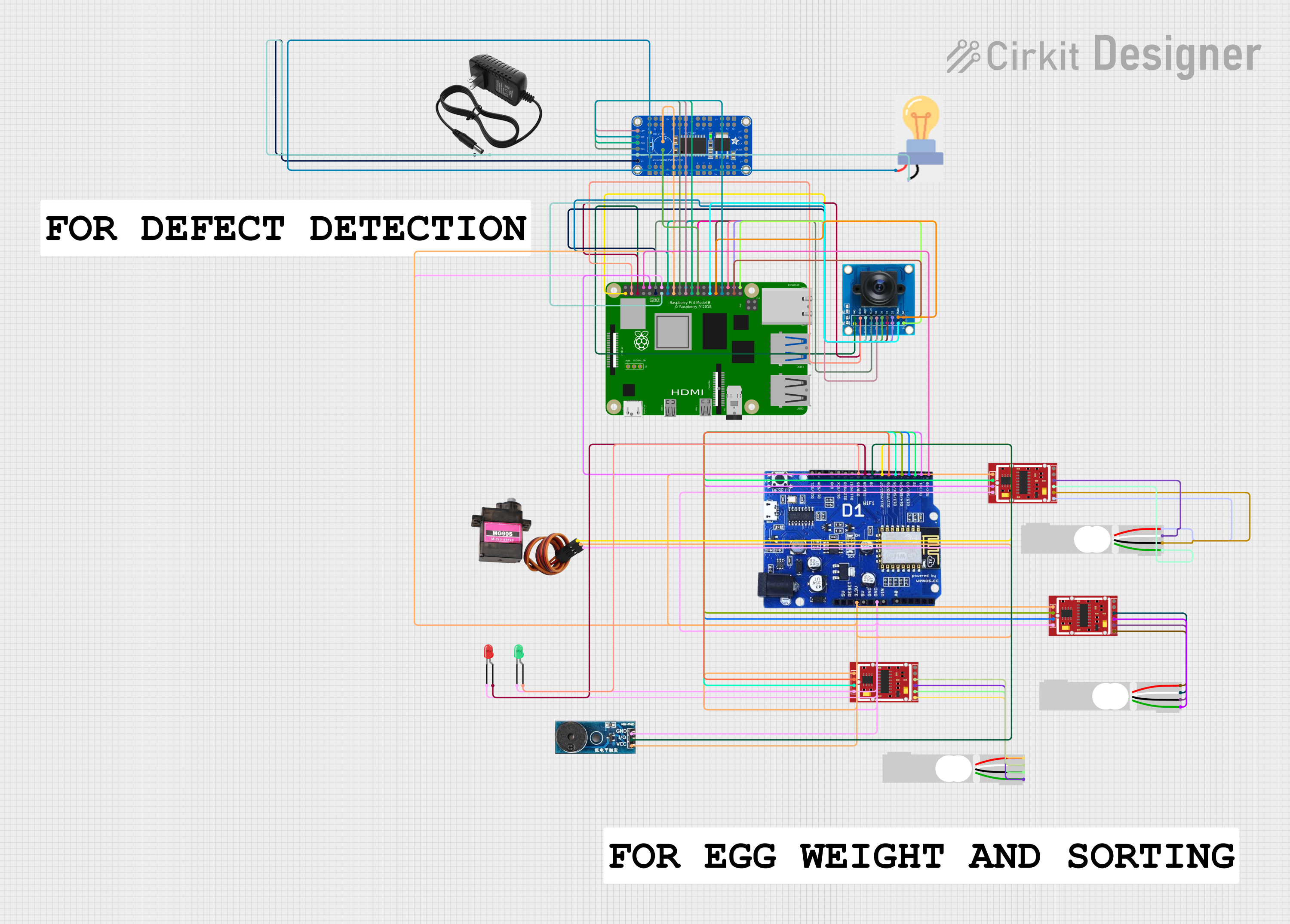
 Open Project in Cirkit Designer
Open Project in Cirkit Designer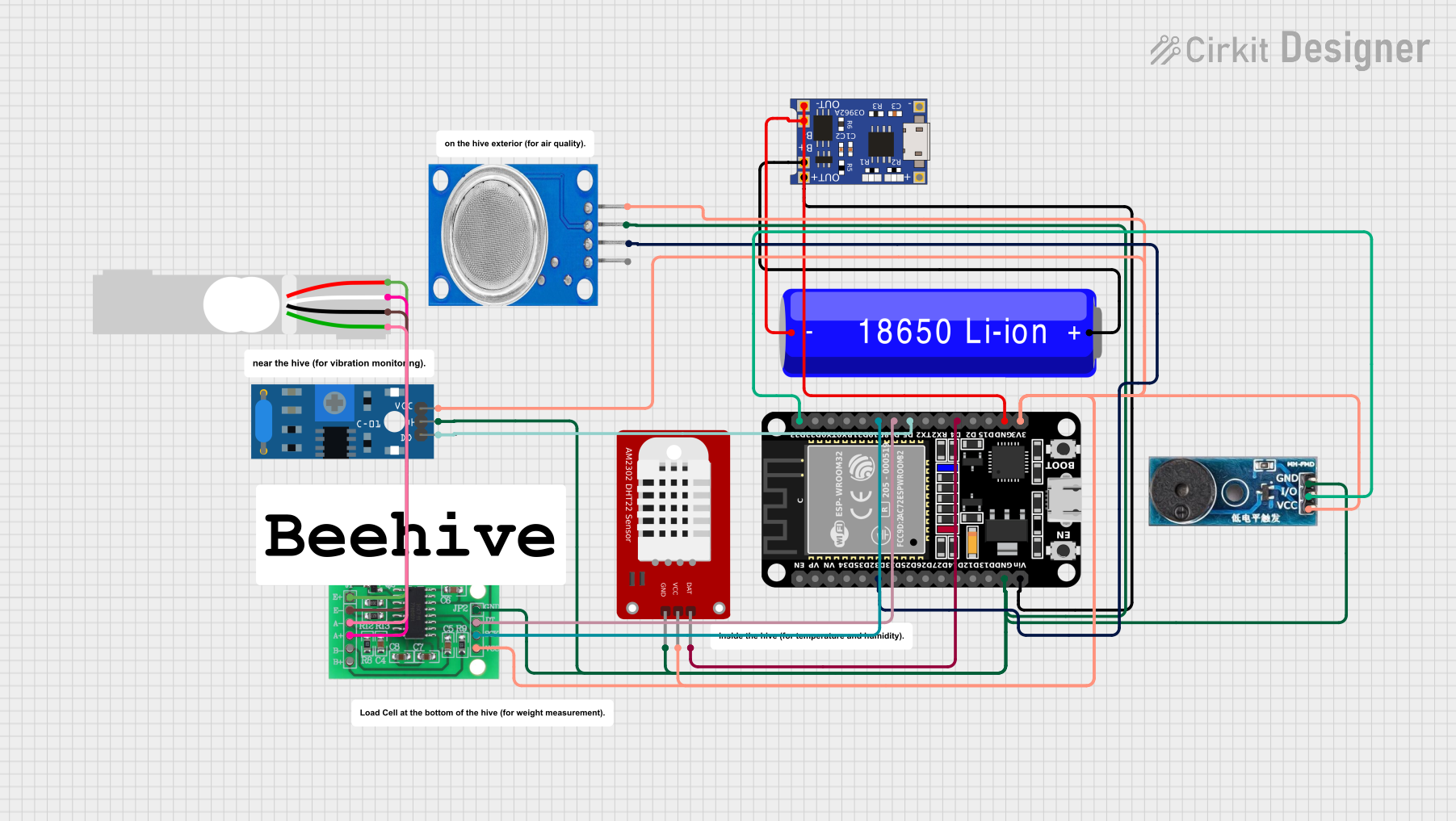
 Open Project in Cirkit Designer
Open Project in Cirkit Designer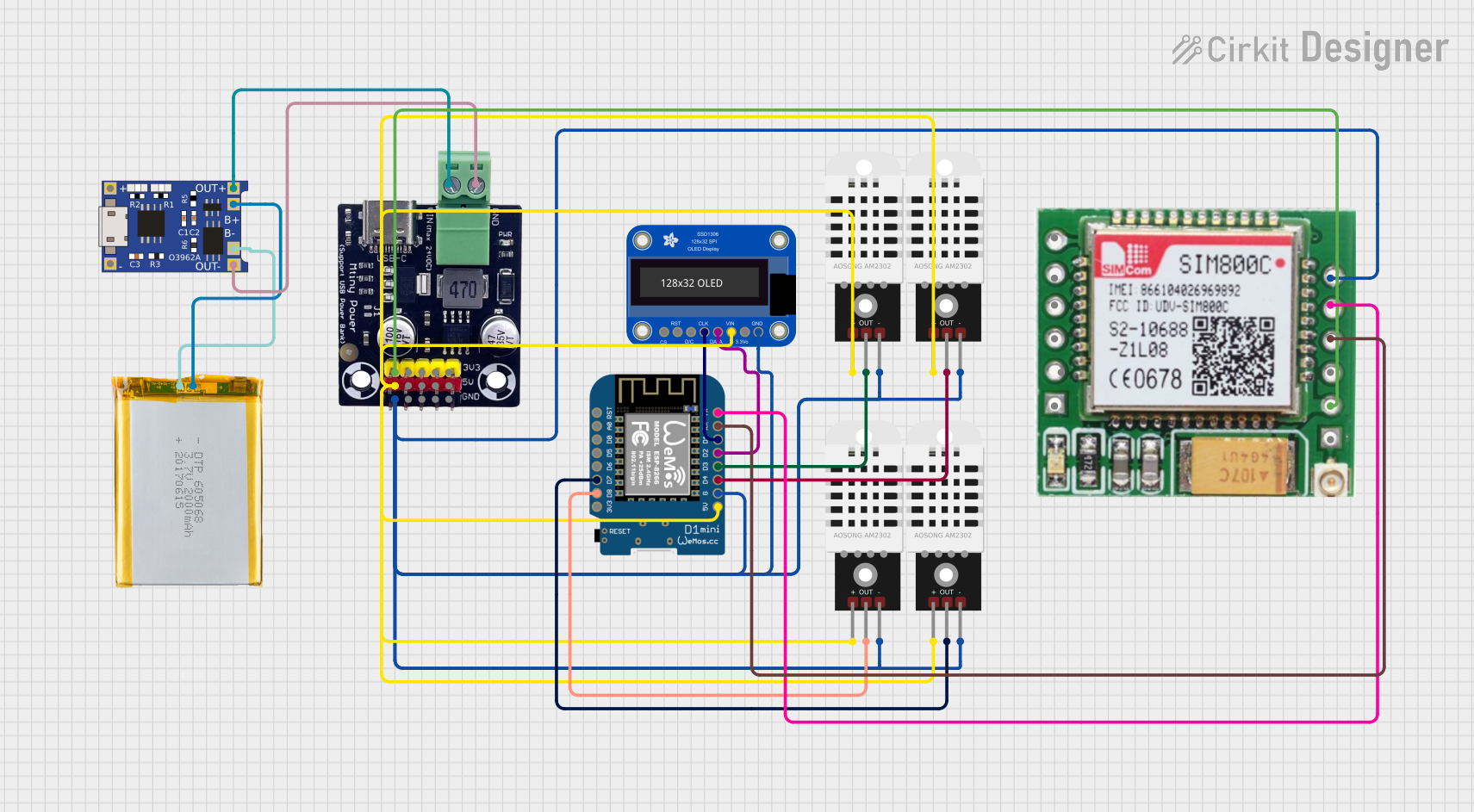
 Open Project in Cirkit Designer
Open Project in Cirkit DesignerExplore Projects Built with HW-685

 Open Project in Cirkit Designer
Open Project in Cirkit Designer
 Open Project in Cirkit Designer
Open Project in Cirkit Designer
 Open Project in Cirkit Designer
Open Project in Cirkit Designer
 Open Project in Cirkit Designer
Open Project in Cirkit DesignerCommon Applications
- Signal amplification and conditioning
- Power regulation and management
- Voltage level shifting
- Integration into IoT devices and embedded systems
- Educational and prototyping projects
Technical Specifications
The HW-685 is designed to operate efficiently in a wide range of applications. Below are its key technical details:
General Specifications
| Parameter | Value |
|---|---|
| Operating Voltage | 3.3V to 5V |
| Maximum Current | 1A |
| Power Dissipation | 0.5W |
| Operating Temperature | -40°C to 85°C |
| Dimensions | 22mm x 18mm x 5mm |
Pin Configuration and Descriptions
The HW-685 typically features a 4-pin configuration. The table below describes each pin:
| Pin Number | Pin Name | Description |
|---|---|---|
| 1 | VCC | Power input pin (3.3V to 5V) |
| 2 | GND | Ground connection |
| 3 | IN | Signal input pin |
| 4 | OUT | Signal output pin |
Usage Instructions
The HW-685 is straightforward to use in a variety of circuits. Follow the steps below to integrate it into your project:
Basic Circuit Connection
- Power Supply: Connect the
VCCpin to a 3.3V or 5V power source, and connect theGNDpin to the ground of your circuit. - Signal Input: Feed the input signal to the
INpin. Ensure the input signal voltage is within the operating range of the HW-685. - Signal Output: The processed signal will be available at the
OUTpin. Connect this pin to the next stage of your circuit.
Important Considerations
- Power Supply: Ensure the power supply voltage does not exceed 5V to avoid damaging the component.
- Heat Dissipation: If the HW-685 is used in high-power applications, consider adding a heat sink or ensuring proper ventilation to prevent overheating.
- Signal Integrity: Use short and shielded wires for the input and output connections to minimize noise and signal degradation.
Example: Using HW-685 with Arduino UNO
The HW-685 can be easily interfaced with an Arduino UNO for signal processing tasks. Below is an example code snippet:
// Example: Reading a signal from HW-685 and displaying it on the Serial Monitor
const int hw685InputPin = A0; // Connect HW-685 OUT pin to Arduino A0
int signalValue = 0; // Variable to store the signal value
void setup() {
Serial.begin(9600); // Initialize Serial communication at 9600 baud
pinMode(hw685InputPin, INPUT); // Set A0 as input
}
void loop() {
signalValue = analogRead(hw685InputPin); // Read the signal from HW-685
Serial.print("Signal Value: ");
Serial.println(signalValue); // Print the signal value to the Serial Monitor
delay(500); // Wait for 500ms before the next reading
}
Notes:
- Connect the
OUTpin of the HW-685 to theA0pin of the Arduino UNO. - Ensure the
VCCandGNDpins of the HW-685 are connected to the Arduino's 5V and GND pins, respectively.
Troubleshooting and FAQs
Common Issues and Solutions
No Output Signal
- Cause: Incorrect power supply or loose connections.
- Solution: Verify that the
VCCandGNDpins are properly connected to a stable power source.
Signal Distortion
- Cause: Excessive noise or improper grounding.
- Solution: Use shorter wires and ensure a proper ground connection. Consider adding decoupling capacitors near the power pins.
Overheating
- Cause: Exceeding the maximum current or power dissipation limits.
- Solution: Reduce the load on the HW-685 or add a heat sink for better thermal management.
Arduino Reads Incorrect Values
- Cause: Mismatched voltage levels or incorrect pin connections.
- Solution: Double-check the connections and ensure the input signal is within the Arduino's ADC range (0-5V).
FAQs
Q1: Can the HW-685 operate at 12V?
A1: No, the HW-685 is designed to operate within a voltage range of 3.3V to 5V. Exceeding this range may damage the component.
Q2: Is the HW-685 suitable for audio signal processing?
A2: Yes, the HW-685 can be used for basic audio signal processing, provided the input signal is within its operating range.
Q3: Can I use the HW-685 with a Raspberry Pi?
A3: Yes, the HW-685 can be interfaced with a Raspberry Pi. Ensure the voltage levels are compatible, and use a level shifter if necessary.
Q4: How do I protect the HW-685 from voltage spikes?
A4: Use a capacitor (e.g., 0.1µF) across the VCC and GND pins to filter out voltage spikes and noise.
By following this documentation, you can effectively integrate and troubleshoot the HW-685 in your projects.